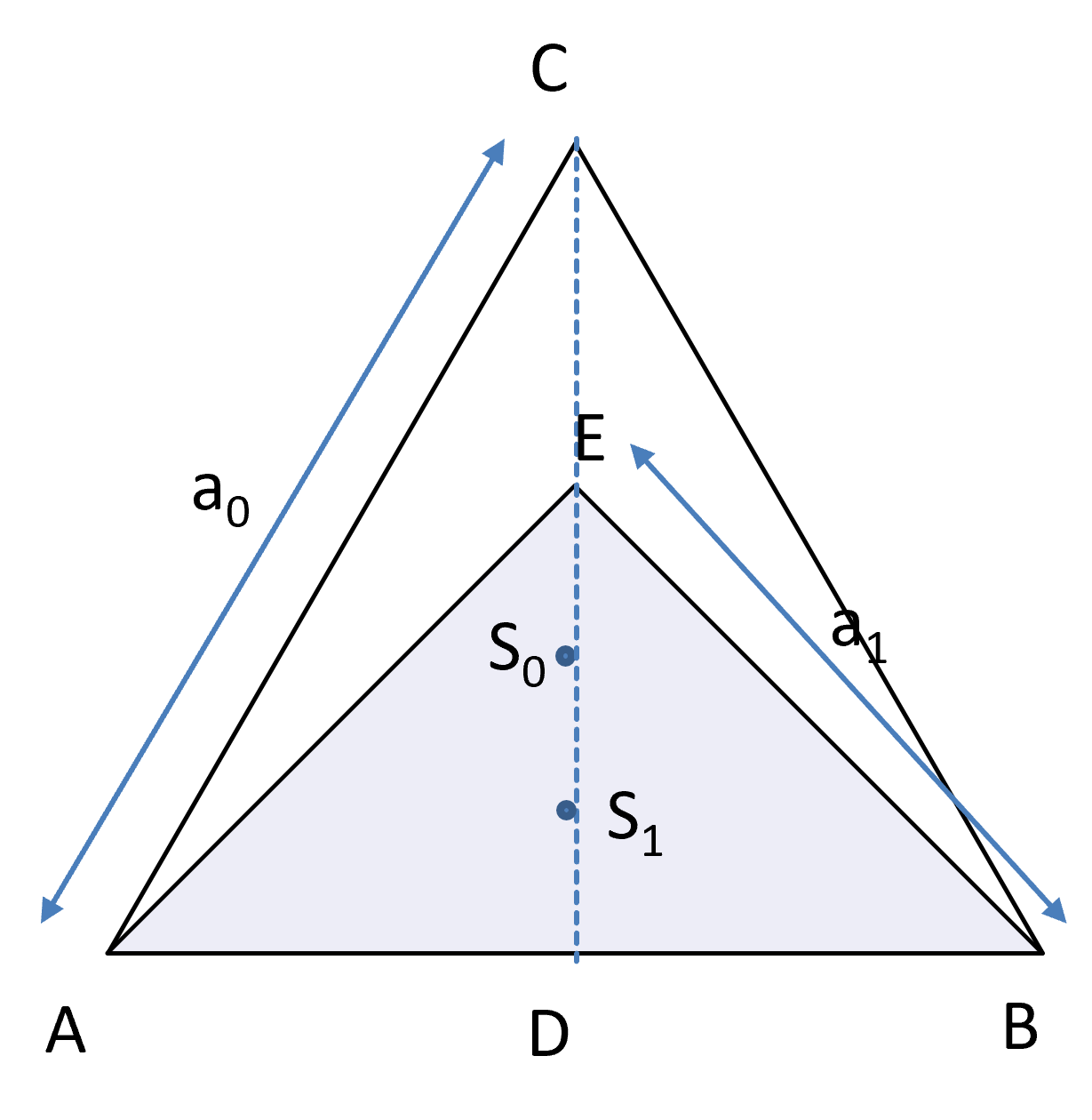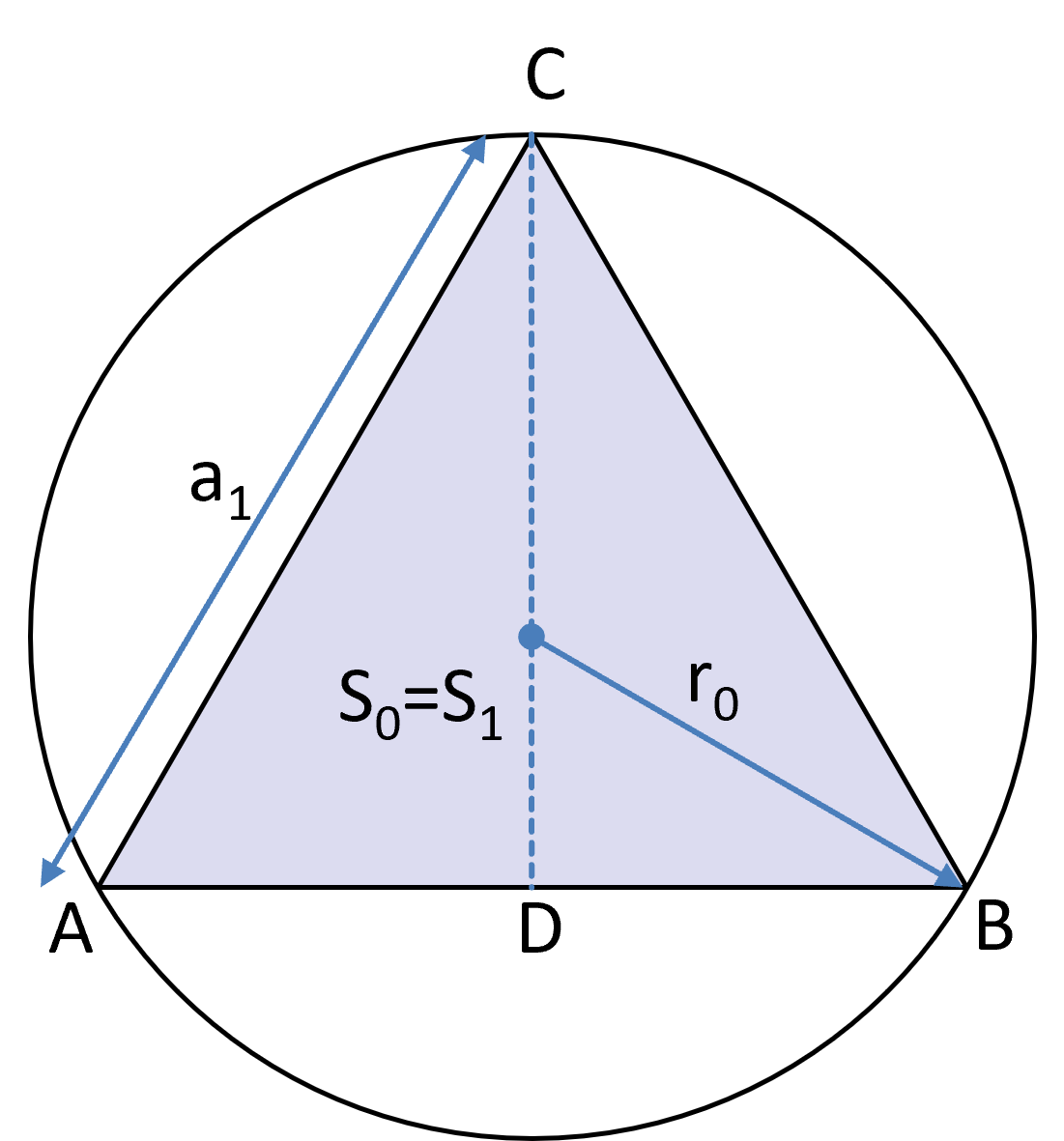How to Find Area of an Equilateral Triangle
An equilateral triangle is a special type of triangle where all three sides are equal in length, and all three angles are also equal. In this blog post, we will explore different methods to find the area of an equilateral triangle. Understanding the concept of finding the area of an equilateral triangle is essential, as it has various practical applications in geometry, architecture, and construction.
Understanding the Basics of an Equilateral Triangle
Before we dive into finding the area, let’s quickly review the basics of an equilateral triangle. As mentioned earlier, an equilateral triangle has three equal sides and three equal angles, each measuring 60 degrees. The length of the sides and the measurement of the angles are crucial in calculating the area of this geometric shape.
Importance of Knowing the Area of an Equilateral Triangle
Knowing the area of an equilateral triangle is useful in many real-life scenarios. Architects and builders often need to determine the amount of material required for construction, such as flooring tiles or paint. Additionally, the area of an equilateral triangle is relevant in trigonometry, where it serves as a fundamental shape for solving various problems.
Derivation of the Formula for the Area of an Equilateral Triangle

To calculate the area of an equilateral triangle, we can use a simple formula derived from its properties. Before we dive into the math, let’s understand the logic behind the formula.
The equilateral triangle can be divided into two congruent right-angled triangles by drawing a line from one of the vertices to the midpoint of the opposite side. By doing so, we create a right angle and divide the base into two equal parts. Each of these right-angled triangles has a base equal to half the length of one side of the equilateral triangle.
To calculate the area of a right-angled triangle, we use the formula:
![]()
In the case of an equilateral triangle, we know that the base is equal to half the length of a side, and the height is the perpendicular distance from the vertex to the base.
Mathematical Explanation of the Formula
Using the formula for the area of a right-angled triangle, we can derive the formula for the area of an equilateral triangle. Let’s denote the length of the side of the equilateral triangle as ‘s.’
Since the base of each right-angled triangle is equal to ![]() , and the height is equal to the altitude, we can substitute these values into the formula to calculate the area:
, and the height is equal to the altitude, we can substitute these values into the formula to calculate the area:
![]()
Simplifying the equation further, we get:
![]()
This formula allows us to calculate the area of an equilateral triangle when we know the length of its side.
Practical Application of the Formula
The formula for the area of an equilateral triangle has practical applications in various fields. For example, in construction, architects use this formula to calculate the area of certain floor patterns or to determine the required amount of paint for a triangular wall.
Moreover, the formula is also relevant in trigonometry and physics, where it serves as a building block for solving more complex problems involving triangles and polygons.
Calculating the Area of an Equilateral Triangle without Height

In many scenarios, we may not have the height or altitude of an equilateral triangle readily available. In such cases, we can still calculate the area using alternative methods. Let’s explore three different approaches.
Using the Side Length to Determine the Area
If we know the length of one side of an equilateral triangle, we can directly use the formula:
![]()
Using the Perimeter to Determine the Area
Another method to find the area of an equilateral triangle is by using the perimeter. The perimeter of an equilateral triangle is the sum of the lengths of all three sides. Let’s denote the perimeter as ‘P.’
We can use the following formula to calculate the area:
![]()
Using the Radius to Determine the Area
In some cases, we may know the radius of the circumcircle of an equilateral triangle instead of the side length. The circumcircle is a circle that passes through all three vertices of the triangle and has the radius ‘r.’
To calculate the area of the equilateral triangle using the radius, we can use the following formula:
![]()
These alternative methods allow us to find the area of an equilateral triangle even when the height is not known.
Calculating the Area of an Equilateral Triangle with Given Altitude
In some cases, we may be provided with the altitude or height of an equilateral triangle. Let’s explore the step-by-step process of calculating the area using this information.
Understanding the Role of Altitude in Area Calculation
The altitude of an equilateral triangle is the perpendicular distance from any vertex to the opposite side. It divides the equilateral triangle into two congruent right-angled triangles. The length of the altitude is crucial in calculating the area.
Step-by-step Process of Calculating Area with Altitude
-
Measure the length of the altitude using a ruler or any appropriate measuring tool. Let’s denote the altitude as ‘h.’
-
Measure the length of one side of the equilateral triangle. Let’s denote the side length as ‘s.’
-
Use the formula for the area of an equilateral triangle:
![]()
Since the base is equal to the side length ‘s’ and the height is equal to the altitude ‘h,’ we can substitute these values into the formula:
![]()
- Calculate the area by substituting the known values of ‘s’ and ‘h’ into the formula.
This step-by-step process allows us to find the area of an equilateral triangle when the altitude is given.
Examples of Calculating the Area of an Equilateral Triangle

Let’s work through some examples to solidify our understanding of finding the area of an equilateral triangle.
Worked-out Examples Using Different Parameters
Example 1:
Given: Side length (s) = 6 cm
To find the area, we can use the formula:
![]()
Substituting the value of ‘s’ into the formula:
![]()
Simplifying the calculation:
![]()
![]()
Example 2:
Given: Perimeter (P) = 18 cm
To find the area, we can use the formula:
![]()
Substituting the value of ‘P’ into the formula:
![]()
Simplifying the calculation:
![]()
![]()
These examples demonstrate how to calculate the area of an equilateral triangle using different parameters.
Complex Scenarios and their Solutions
In more complex scenarios, where the measurements are not straightforward, we can use a combination of formulas and techniques to find the area of an equilateral triangle. It is essential to break down the problem into smaller, more manageable steps and apply the appropriate formulas and concepts to arrive at the solution.
Question: How does finding the area of an equilateral triangle relate to finding the area of a right triangle?
When exploring the concept of finding the area of an equilateral triangle, it becomes evident that there are similarities and connections to be made with finding the area of a right triangle. In both cases, the calculation of area involves the measurement of the triangle’s base and height. While the specific formulas differ, understanding the principles of finding the area of a right triangle can provide a foundation for comprehending the process of finding the area of an equilateral triangle. For a comprehensive guide on finding the area of a right triangle, refer to Finding the area of a right triangle.
Frequently Asked Questions about Calculating the Area of an Equilateral Triangle
Common Misconceptions and Clarifications
Q: Can the area of an equilateral triangle be negative?
A: No, the area of any triangle, including an equilateral triangle, cannot be negative. It is always a positive value representing the space enclosed by the triangle.
Q: Is the height of an equilateral triangle always the same as the altitude?
A: Yes, in the case of an equilateral triangle, the height is equal to the altitude since the altitude is the perpendicular distance from any vertex to the opposite side.
Tips and Tricks for Quick Calculations
- Memorize the formula for the area of an equilateral triangle:

- Use alternative methods when the height is not known, such as using the side length or the perimeter.
- Break down complex scenarios into smaller steps and apply the appropriate formulas.
Remember, practice makes perfect. The more you work with equilateral triangles and their area calculations, the more comfortable you will become in solving related problems.

The lambdageeks.com Core SME Team is a group of experienced subject matter experts from diverse scientific and technical fields including Physics, Chemistry, Technology,Electronics & Electrical Engineering, Automotive, Mechanical Engineering. Our team collaborates to create high-quality, well-researched articles on a wide range of science and technology topics for the lambdageeks.com website.
All Our Senior SME are having more than 7 Years of experience in the respective fields . They are either Working Industry Professionals or assocaited With different Universities. Refer Our Authors Page to get to know About our Core SMEs.